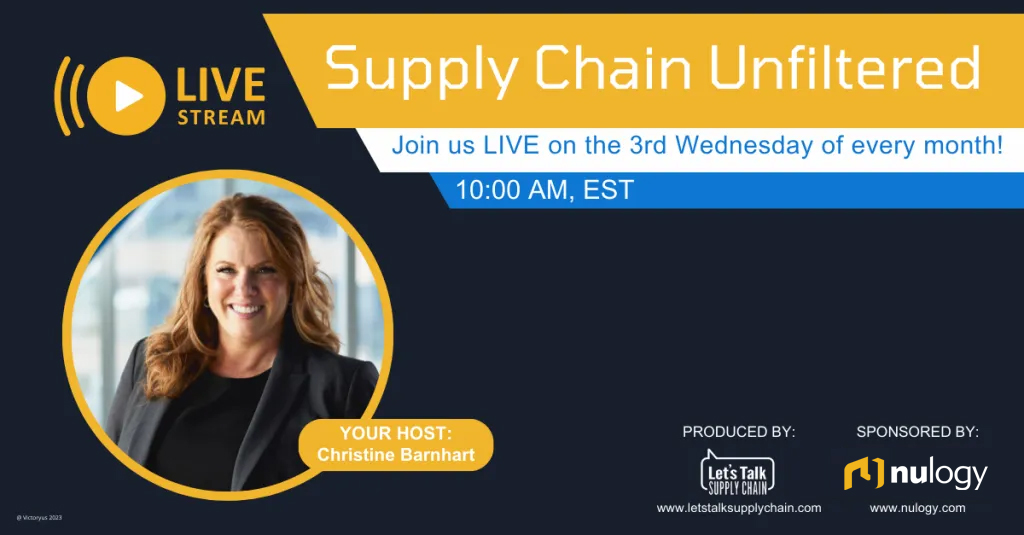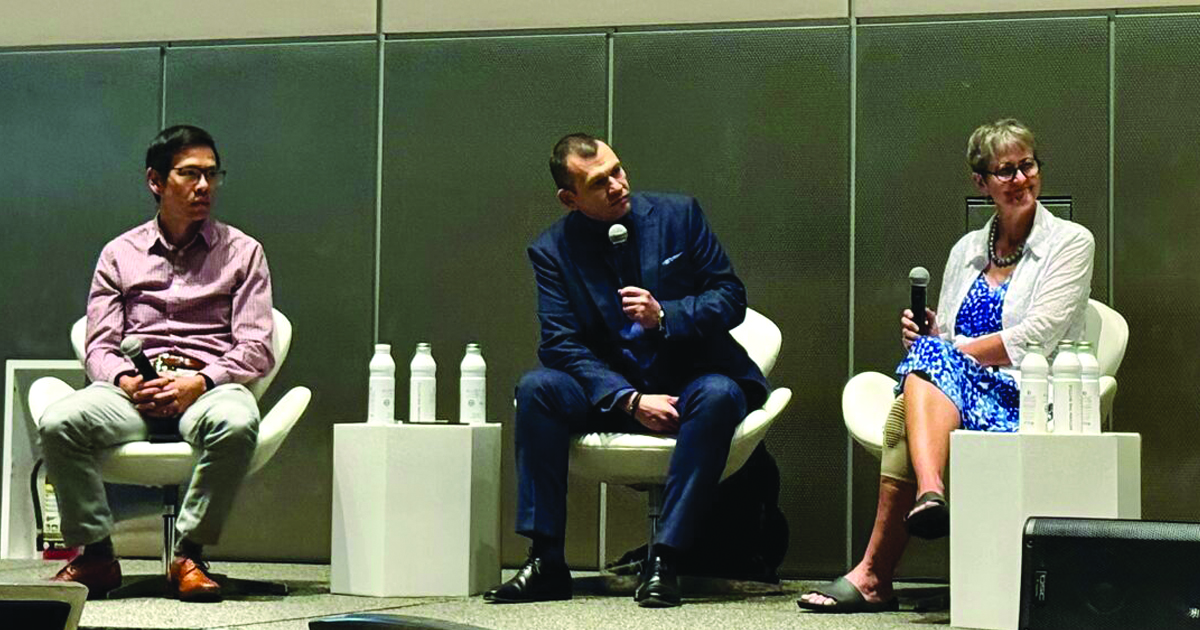In today’s fast-paced, competitive market, the use of technology—including how it’s chosen and implemented—can make or break your relationships with your customers. Purpose-built solutions are becoming essential for service providers—such as co-packers, contract manufacturers, and value-added 3PLs—to deliver products to market quickly, reliably and cost-effectively. How are industry leaders overcoming hurdles and driving value within their operations through effective selection and use of modern software solutions?
To answer these questions, the Association for Supply Chain Management (ASCM) recently hosted a webinar titled, “Unlocking Supply Chain Potential Through Digital Transformation and Purpose-built Solutions”, which I had the pleasure of moderating.

We welcomed Michael Copeland, Senior Director of IT at DHL Supply Chain, for an insightful discussion on leveraging digital transformation to become a supplier of choice, as well as Michael King, Chief Customer Experience Officer at Nulogy, for his perspective on how an exceptional implementation and onboarding experience can deliver faster speed to value for service providers such as 3PLs. Here are my top takeaways from the discussion.
How Digital Transformation Projects Drive Business Growth
With more than 2,000 distribution centers and supply chain sites, DHL Supply Chain is one of the largest logistics companies in the world. And, of these sites, DHL manages over 240 packaging sites and more than 265 packaging customers. It’s safe to say that as Senior Director of IT, Michael Copeland knows a thing or two about the logistics industry, having managed and digitally enabled value-added co-pack services for a wide array of customers.
In fact, he has seen the industry evolve tremendously over the past decade. “In the past, supply chains were concerned with, ‘Could you staff sites? Could you provide and demonstrate services?’” he explained. “Now, conversations are more focused on digitization, innovation strategy, data protection, and data security.”
Copeland added that through digitization, customers are continuing to seek the ability to produce at a high efficiency, but also the ability to do so in a scalable manner. And it’s through digitization that supply chains can enable the data visibility and fast, accurate decision-making that’s needed to match the frenetic pace of today’s industry.
So, how does DHL’s technology strategy help enable this increased speed and accuracy through real-time data visibility?
“DHL, from a strategy perspective, has looked at its core foundational products like Nulogy and has built tools around them to create an ecosystem for our customers so that we can be very tailored to their specific requirements,” Copeland said. “It gives us the ability to give them the things they never knew they wanted and really never thought about.”
In addition to building bespoke technological ecosystems tailored specifically to customers’ requirements, Copeland also explained that DHL’s vast experience in a wide range of industries have equipped the organization with the ability to offer a heightened level of expertise to its brand customers.
“The art of the possible is literally unlimited from that point.”
How Purpose-Built Solutions Offer Superior Value
Nulogy’s Michael King has seen firsthand how purpose-built technology solutions can bring value to organizations such as DHL.
“We focus on providing tools to make Mike [Copeland]’s life easier,” explained King. “We’re bringing industry-specific expertise and we’re solving industry-specific problems.
“A customer recently compared our solution to the functionality that was available in his ERP system, and he referenced the ERP system as being a ‘dancing bear.’ When I asked him what that meant, he said, ‘You can teach the bear the moves, you can give him the equipment, but is the bear really dancing?’”
I love that analogy. King elaborated that the customer’s ERP was decent enough at keeping track of finances and inventory management but, when it came to co-pack specific functions such as quality management or labor, the system fell short.
Copeland agreed, adding his own experience with purpose-built solutions versus generalized software systems: “When you are looking for specific co-pack solutions and you try to apply a larger ERP to solve that very boutique set of requirements associated with secondary, tertiary, or even primary packaging, the tools required for that are very specific. Nulogy does a great job of targeting that.”
Aligning IT and Supply Chain for Operational Success
In Copeland’s view, the technology that service providers are using to manage and augment their operations is a prime differentiator for securing new business with existing or prospective customers. “To gain business 10 years ago, we would get an RFP from a customer, respond to it, win the business, and then we would engage it. Now when we’re talking to a potential customer, technology is often the driver,” explained Copeland.
Whether it’s through automation, robotics, visualization, or raw data, customers are looking for greater technological maturity from supply chain providers. Whatever the technology is, suppliers need to demonstrate its ability to augment the customer experience.
And for service providers such as value-added 3PLs, the technology needs to simultaneously serve the bottom line of the company as well as the people who are using it. As someone who has been through hundreds and maybe even thousands of technology implementations, King cautions organizations to not get stuck in the way they’ve “always done it.”
“If there aren’t plans for change management, when we introduce new processes, new technology, teams [might] revert back to what they’re comfortable and confident in – leaving the technology behind,” concluded King.
Begin Leveraging Purpose-Built Solutions Today
Thank you Michael Copeland and Michael King for sharing their thoughts and expertise during this webinar, and to ASCM for generously hosting this discussion.
If you’re considering leveraging the power of purpose-built or are wondering how purpose-built solutions can transform your operations for stronger growth and success, I highly recommend tuning into the full webinar. Until next time!

Breaking the Black Box of Data Visibility
Access our visual guide to connected planning directly from your inbox!







